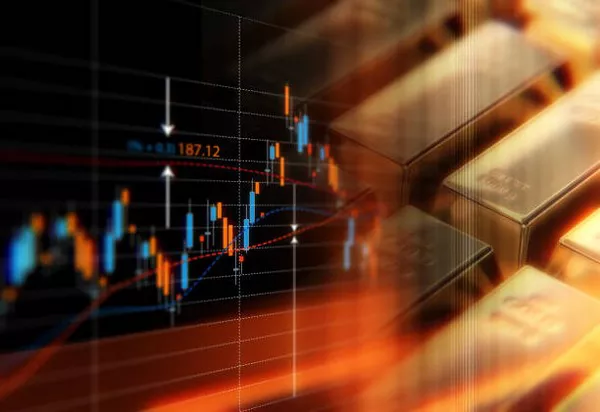Gold prices saw marginal gains in Asian trading on Monday, remaining within a narrow range amid pressure from a stronger US Dollar and anticipation ahead of key US inflation data later in the week.
Spot gold edged up by 0.2% to $2,325.52 per ounce, while August gold futures rose 0.3% to $2,337.85 per ounce by 00:04 ET (04:04 GMT).
The recent strength in the US Dollar, hovering near its highest levels since early May, has been a primary factor weighing on gold prices. This strength intensified after strong Purchasing Managers Index (PMI) data released on Friday reduced expectations of Federal Reserve interest rate cuts, reinforcing concerns that the robust US economic performance may prolong higher interest rates.
Investor focus now shifts to the upcoming Personal Consumption Expenditures (PCE) price index data scheduled for Friday, which serves as the Fed‘s preferred gauge of inflation. Analysts anticipate the data to show some moderation in inflation rates, although remaining above the Fed’s 2% target. The outcome of this data is crucial in shaping expectations for future Fed policy decisions.
The prospect of sustained high interest rates poses challenges for precious metals like gold, given that it increases the opportunity cost of holding non-yielding assets.
In other markets, platinum futures retreated by 0.3% to $1,005.10 per ounce, while silver futures declined by 0.2% to $29.895 per ounce, as both metals traded within recent rangebound patterns.
Meanwhile, industrial metals, including copper, faced downward pressure amid the Dollar’s strength and concerns over potential trade tensions between China and the European Union. Benchmark copper futures on the London Metal Exchange edged lower by 0.1% to $9,677.50 per tonne, with one-month copper futures stabilizing at $4.4205 per pound.
Sentiment towards China, a major copper importer, was further subdued following the EU’s imposition of tariffs on Chinese electric vehicle imports, prompting retaliatory tariff threats from Beijing and heightening fears of a broader trade conflict.
In conclusion, gold prices continue to navigate within a constrained trading range amid USD strength and upcoming economic data releases, while broader market dynamics including geopolitical tensions continue to influence precious and industrial metal prices.


